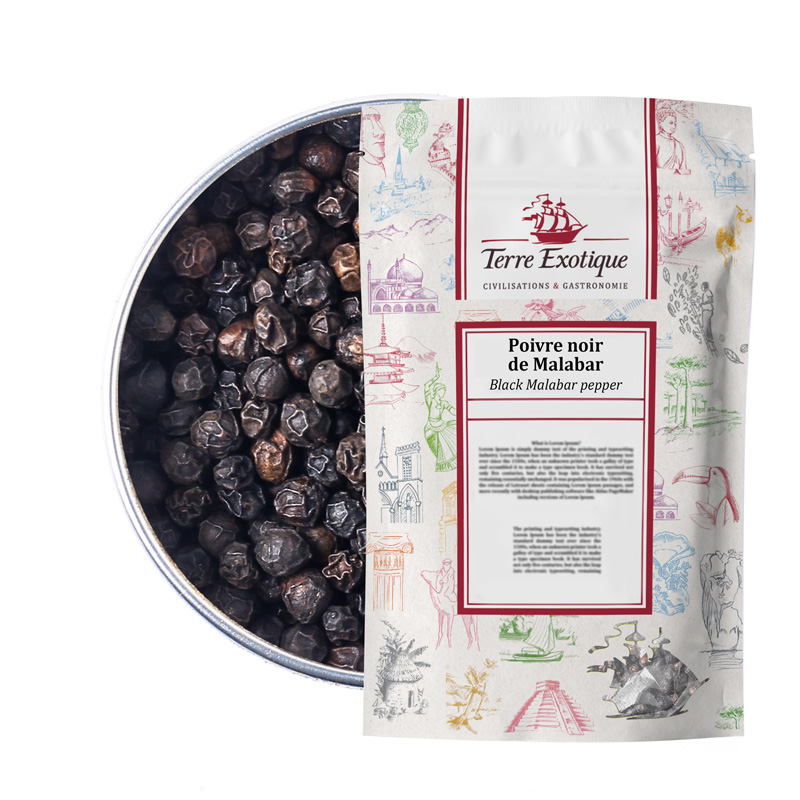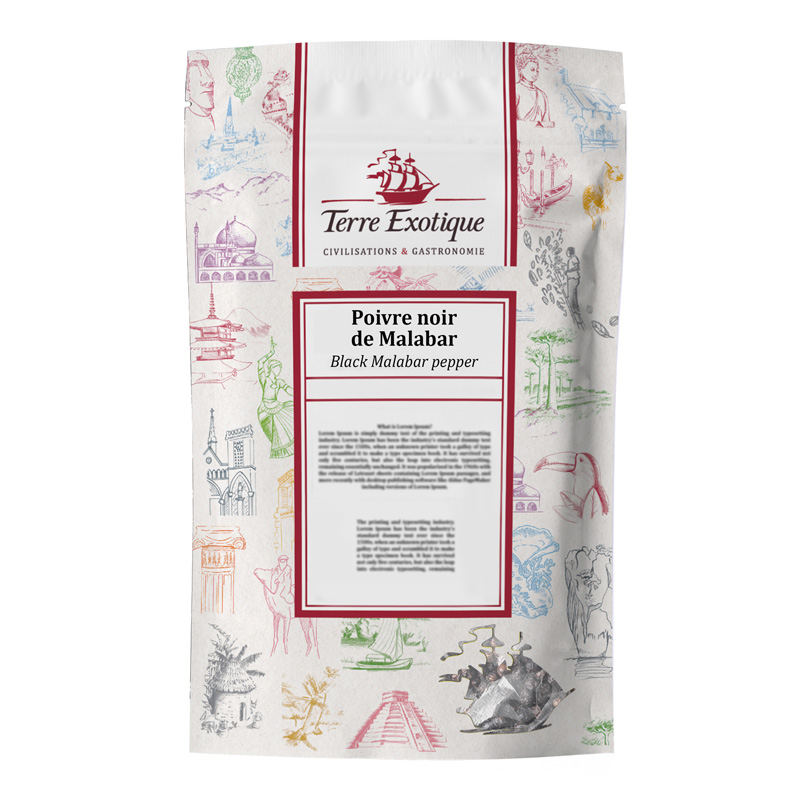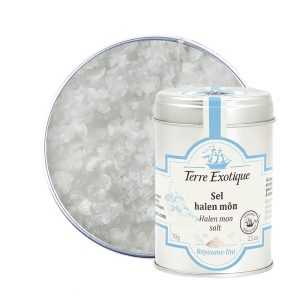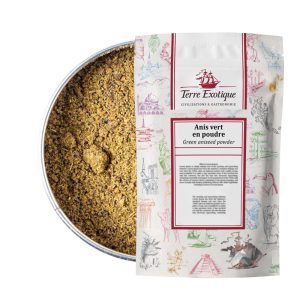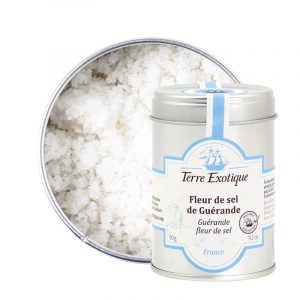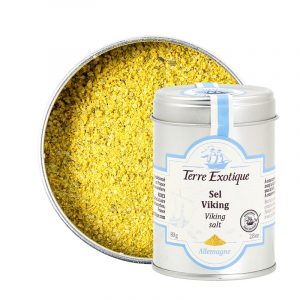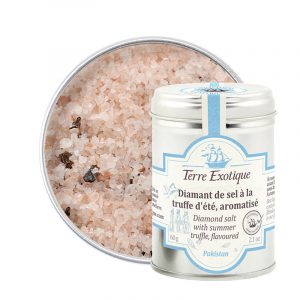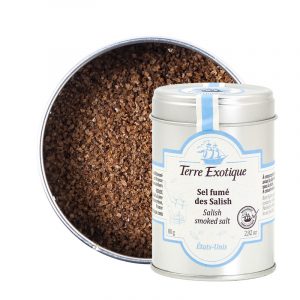Product Description
This pepper pairs perfectly with red meat, sweet-savory dishes, or vegetable tarts. It also complements desserts wonderfully. Let yourself be enchanted by the delightful combination of Black Malabar Pepper and chocolate or Black Malabar Pepper and red fruits.
With sweet, roasted, and woody notes, Black Malabar Pepper offers a true explosion of flavors that will delight your taste buds. Its light acidity provides a refreshing sensation and allows you to fully enjoy its characterful aroma. Black Malabar Pepper is the ideal pepper, combining sweetness and intensity!
The difference between green, black, red, and white pepper lies mainly in the degree of maturity at which the pepper is harvested: black pepper is harvested just before full maturity and then dried in the sun, giving it spicy and full-bodied flavors.
The Malabar Coast is the Historical Birthplace of Pepper. The first pepper plants are indigenous, specifically from the state of Kerala, located on the Indian Malabar coast. Pepper owes its origin to India. Its name comes from Sanskrit (an Indo-European language): “Pippali,” which gradually evolved and became “pipper.”
Over the centuries, pepper is introduced to other countries: Cambodia, Vietnam, Indonesia, Brazil, Madagascar, and more recently to Cameroon in the 1930s. Malabar pepper is one of the first peppers to be exported from India, around 1661.
Pepper has been the source of many discoveries throughout history. For economic or cultural reasons, people trade, move, buy, sell, and establish trade posts. Traces of the use of Malabar pepper have even been found in the mummification of Ramses II.
Ingredients:
Black Pepper from Malabar (Piper nigrum).
Allergens:
May contain traces of celery, sesame, mustard, nuts.
Storage:
Keep in a dry place at room temperature.
Usage Suggestions:
Use it to enhance your scallops, squash, carrots, or desserts!
Country of Origin:
France
Distributed by:
Socilink Lda
Rua Quinta dos Álamos n.º 3, 2625-577 Vialonga, PORTUGAL
Notice about our product information:
Always confirm the information on the article label. Food products are subject to constant change, for this reason, we recommend that you always read the labeling information that accompanies each product, including the nutritional information, ingredient list, storage, preparation and use instructions as well as other information before use or consumption.
